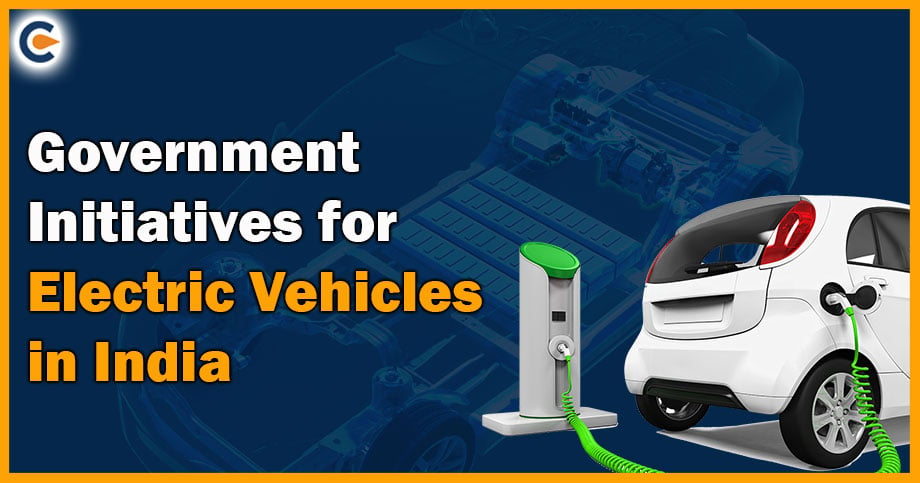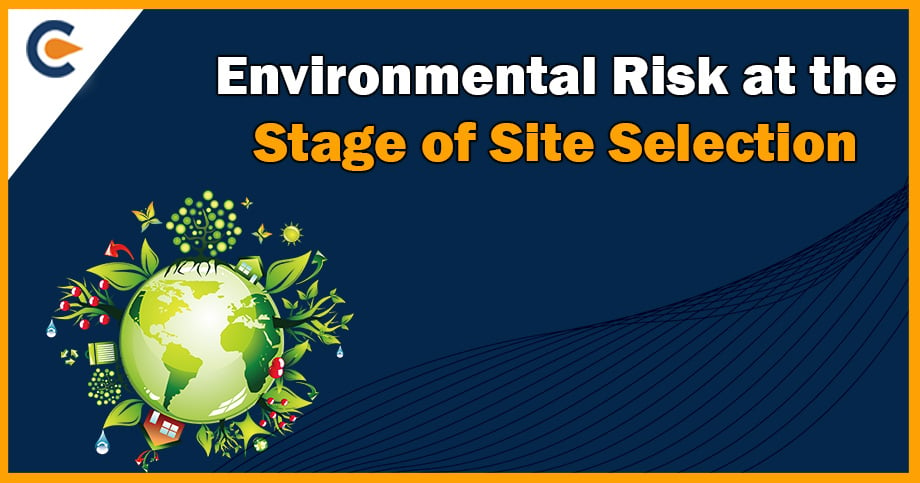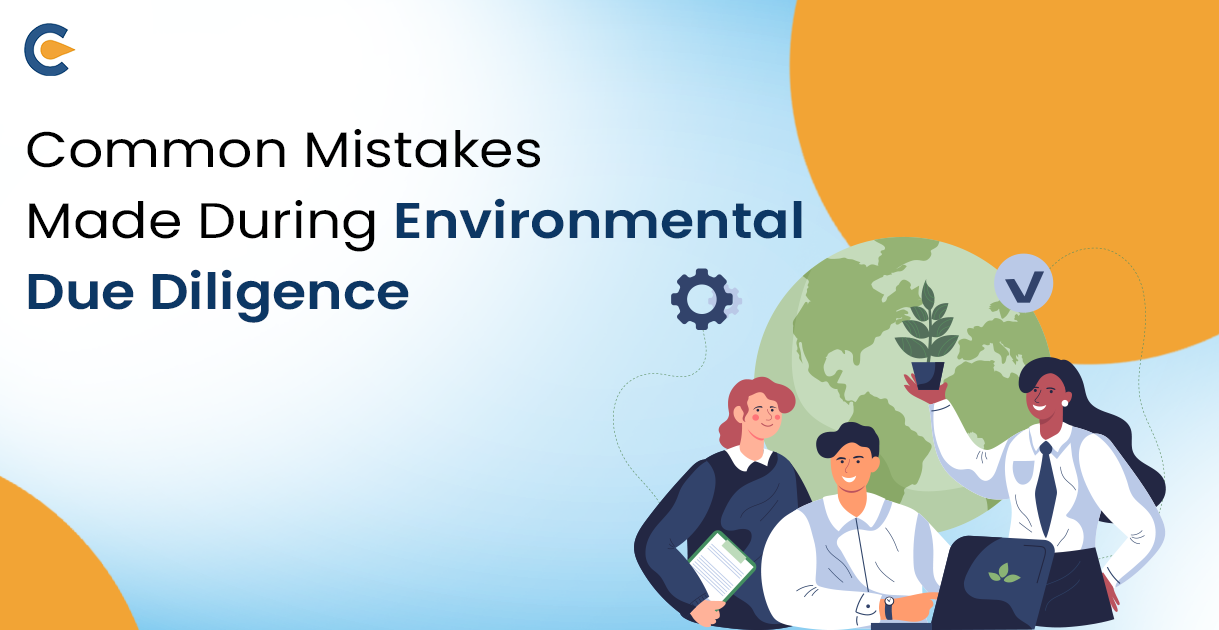In India, the transportation industry has become one of the most significant sources of air pollution. To reduce the impact of greenhouse gas emissions from various vehicles, the Indian government has implemented several measures at both the national and state levels. Worldwide, Electric vehicle sector has grown significantly during the previous decade. China has been the EV industry’s pioneer, with significant advancements in battery production capacity, charging infrastructure, and new EV model development. China’s enormous manufacturing capability allows them to make EVs at a reduced cost. When it comes to electric vehicles, India has a low adoption rate. There is still much work to be done regarding model types, charging infrastructure, and financial incentives for EV makers. The Indian government maintained its support for the EV industry in the 2022 budget by bringing initiatives for electric vehicles. India now dominates the 2W and 3W markets and is among the top five in passenger cars and commercial vehicles[1] (CV). Despite this, the country’s EV share remains minimal. In 2012, over 1,04806 EVs were registered in India. Electric buses are progressively becoming commonplace sources of transportation. Over 400 electric buses were sold in FY2021. This figure touched roughly 900 in FY2022. The government recommended many measures to improve the market penetration of EVs in India. In this write-up we will discuss government initiatives for electric vehicles in India.
Initiatives for the Stakeholders for Electric Vehicles
The Government of India consistently demonstrates its commitment to establishing India as a worldwide leader in the EV industry by introducing Initiatives for electric vehicles. The government has developed several programmes and incentives to increase demand for electric cars and to encourage manufacturers to engage in the R&D of electric vehicles and related infrastructure. Electric cars are the driving force behind the transition to electric transportation.
The government is implementing cheaper road fees, scrapping, and refit incentives to help meet the government’s aim of 30% EVs by 2030. The growing expense of oil imports, rising pollution, and India’s worldwide duties to tackle climate change are driving reasons behind the country’s recent initiatives to expedite the transition to e-mobility.
The government is promoting the installation of EV charging stations by providing capital subsidies through the FAME India Programme Phase II and state-level measures. So far, the Indian government has announced the following incentives.
- FAME-II
- PLI SCHEME,
- Battery Switching Policy,
- Special Electric Mobility Zone, and
- Tax Reduction on EVs.
FAME-II Initiatives for Electric Vehicles
The Indian government started the FAME India project on April 1, 2015, to reduce the use of gasoline and diesel vehicles. This project was a critical component of India’s electric mobility. The FAME India Program intends to encourage using all types of automobiles.
The Fame India Plan has four key areas:
- Demand for technology,
- Pilot projects,
- Technological development, and
- Charging infrastructure.
FAME II plan was launched in April 2019 with a Rs 10,000 crore budget to support 500,000 e-three-wheelers, 7,000 e-buses, 55,000 e-passenger vehicles, and a million e-two-wheelers. The goal was to increase EV adoption in India. The plan was set to expire in 2022. Nevertheless, the Government of India has chosen to prolong the FAME-II plan through March 31, 2024, in the budget for FY 2022-23.
PLI Scheme and Related Initiatives for Electric Vehicles
PLIs are financial initiatives for electric vehicles to enhance productivity to make it easy to sell EVs at a lesser price to clients. This proposal will have a significant influence on the electronics sector, as well as helping the country progress in this field. This scheme provides several benefits to EV makers, including a direct subsidy to EV buyers. This strategy also includes the cell battery and vehicle component industries.
The scheme’s total payout is INR 18,100 crore. Money will be paid over five years when the production plant is functioning. The policy requires that the manufacturing plant be operational within two years to be eligible for subsidies, and the Bid Documents state that a 60 percent domestic value addition must be accomplished within five years. Due to strict selection criteria, many small and medium-sized enterprises that produce EV batteries and auto parts cannot apply for the scheme’s advantages. Smaller businesses are crucial to resolving the industry’s demand-supply imbalance. Changing existing standards or suggesting a replacement to make the plan a realistic option for these firms will benefit the EV community.
Battery Swapping Policy
This government initiatives for electric vehicles would unify the battery specifications used in EVs across India. The law will aid in the promotion of EVs in time-sensitive service sectors such as delivery and intercity transportation because exchanging a depleted battery for a fully charged one is a more feasible choice than on-the-spot recharging, which may take hours. Suppose all the batteries in the same category of EV have the same configuration. In that case, consumers do not need to be concerned about the configuration of new batteries being installed when switching batteries. Battery switching, if done correctly, is projected to gain acceptability in commercial applications such as 2W and 3W automobiles, allowing for faster penetration in these segments.
Manufacturers will profit from the Battery Switching Policy as well. As the standards are implemented, machine spare parts will be more readily available. Additionally, by leveraging economies of scale, this strategy will help battery manufacturers reduce prices.
Duty Reduction on Electric Vehicles
Customs charges on nickel ore and concentrates will be reduced from 5% to 0%, nickel oxide from 10% to 0%, and ferro nickel from 15% to 2.5%, according to the budget. Nickel Manganese Cobalt (NMC) is an essential component of lithium-ion batteries used in electric cars (EVs).
These ores are in short supply in India, and battery manufacturers heavily relies on them. As a result, nickel alloys are largely imported. The reduction in customs duties will assist local EV battery manufacturers in lowering production costs.
A plan to reduce customs duty on motor parts from 10% to 7.5 per cent will also assist in reducing the overall cost of EVs.
Special E-mobility Zone
The government intends to create electric car mobility zones. Only electric cars or equivalent vehicles will be authorised to operate in the administration-designated zones. Similar policies are standard in several European nations as well as China.
The unspoken benefit of designated electric mobility zones is that they will assist in reducing overcrowding caused by private automobiles. Individuals travelling through these zones must either drive their own EVs or ride a public EV vehicle, boosting the market share of EVs.
Initiatives for Electric vehicles by State and their EV Policy
To support national activities about electric mobility, many states have enacted their EV legislation to promote a more sustainable future. In half of the states, state policies exist.
- Financial incentives for EV purchases, exemption from road taxes and automobile registration costs, and low loan interest rates for EV purchases are among the state EV programmes.
- Plans to purchase additional electric cars for last-mile delivery services and public transit are also featured.
- Infrastructure for generating EV batteries, as well as charging infrastructure, is being created.
Conclusion
The Indian government has paved the way for initiatives for Electric Vehicles to promote sustainable transportation system through several measures. By 2030, all government cars must be electric. It also intends to phase out all commercial fleets and provide automobiles powered by fossil fuels in every city by 2030. Consumer and commuter cooperation is required to execute these regulations. We can quickly construct a green India with a proper understanding and the need for sustainable mobility. The impacts of incentives are undeniable when it comes to government subsidy schemes. Government subsidies are one of many strategies to increase electric car sales. As previously stated, manufacturers, as well as changing customer behaviour, have practical repercussions. Successful initiatives show how governments may help in resolving these issues. We hope that these initiatives will allow India to continue its path to a greener future.
Also Read:
An Overview Of Electric Vehicle Business In India











